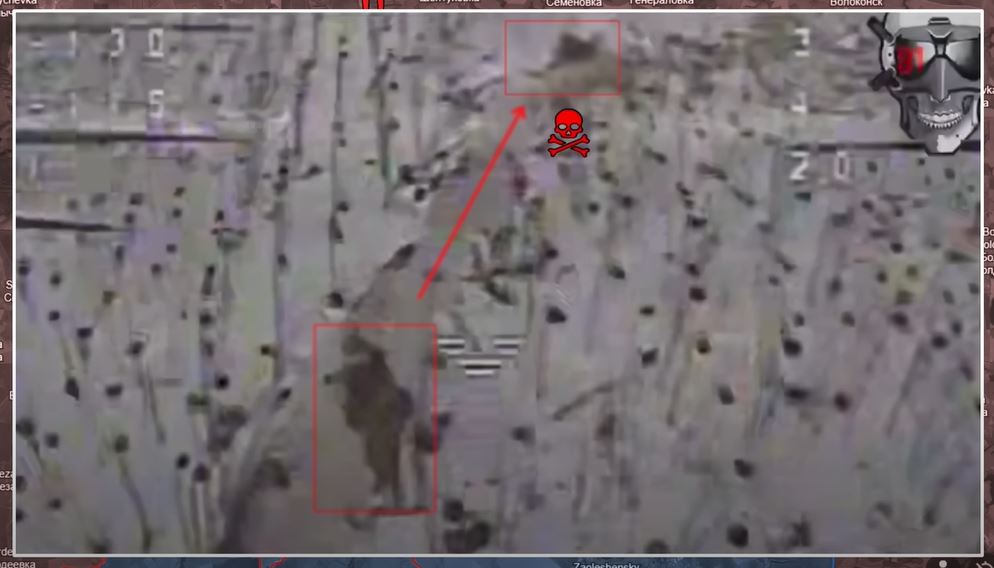Frontline report: Ukrainian drone pilots turn North Korean fire against themselves
North Koreans are successfully countered in Kursk Oblast through advanced drone warfare tactics, exposing their combat readiness and adaptability deficiencies.


23 December. Today, there are a lot of interesting updates from the Kursk direction.

Here, the North Korean forces find themselves thrust into a conflict shaped by technologies and tactics far beyond their experience.

Their struggle to contend with the relentless presence of drones reveals a dangerous gap in preparedness, setting the stage for a harsh lesson in the realities of modern warfare.
After a week of relentless human wave assaults by the North Korean soldiers, they failed to achieve their primary goal of retaking a significant part of the Kursk Salient. Similarly, the Russians cannot present the limited gains as a victory, because it would mean admitting to the integration of foreign North Korean troops to fill their ranks, as domestic recruitment fails to compensate for the Russian losses.
The failure of the North Korean assaults can be largely attributed to their troops’ lack of experience with modern warfare and their inability to adapt. North Korea’s decades of isolation from the outside world, with minimal external influence or exposure, have left its military doctrine severely outdated, rooted in strategies dating back to the Korean War over seventy years ago. One of their largest shortcomings has shown to be the inability to adapt to the unprecedented use of drones, which take a central role in modern Ukrainian combat operations. Their limited understanding of advanced reconnaissance and precision strikes, made possible by Ukrainians’ extensive drone warfare, allowed Ukrainian forces to inflict devastating losses on every assault. As a result, North Korean units performed even worse than even the least capable Russian assault units.

During their initial assaults, North Korean forces failed to recognize drones as a serious threat, advancing slowly across open fields, underestimating the danger from the skies.
The soldiers did not attempt to maneuver or evade FPV drone strikes, while Ukrainian drone operators, skilled in targeting fast-moving troops, exploited their vulnerabilities. This lack of awareness made the North Koreans easy targets, with even inexperienced Ukrainian drone operators using single FPV drones to decimate large infantry formations.
After suffering heavy losses in their initial encounters with drones, North Korean commanders attempted to adapt by setting up observation points and instructing soldiers to listen for buzzing sounds and scan the skies.
However, these efforts had little impact on the Ukrainian drone operators, as the North Koreans lacked electronic warfare countermeasures or other advanced systems, leaving them vulnerable to continued drone strikes. Combat footage from the area shows North Korean soldiers repeatedly failing to protect themselves from drone strikes.




